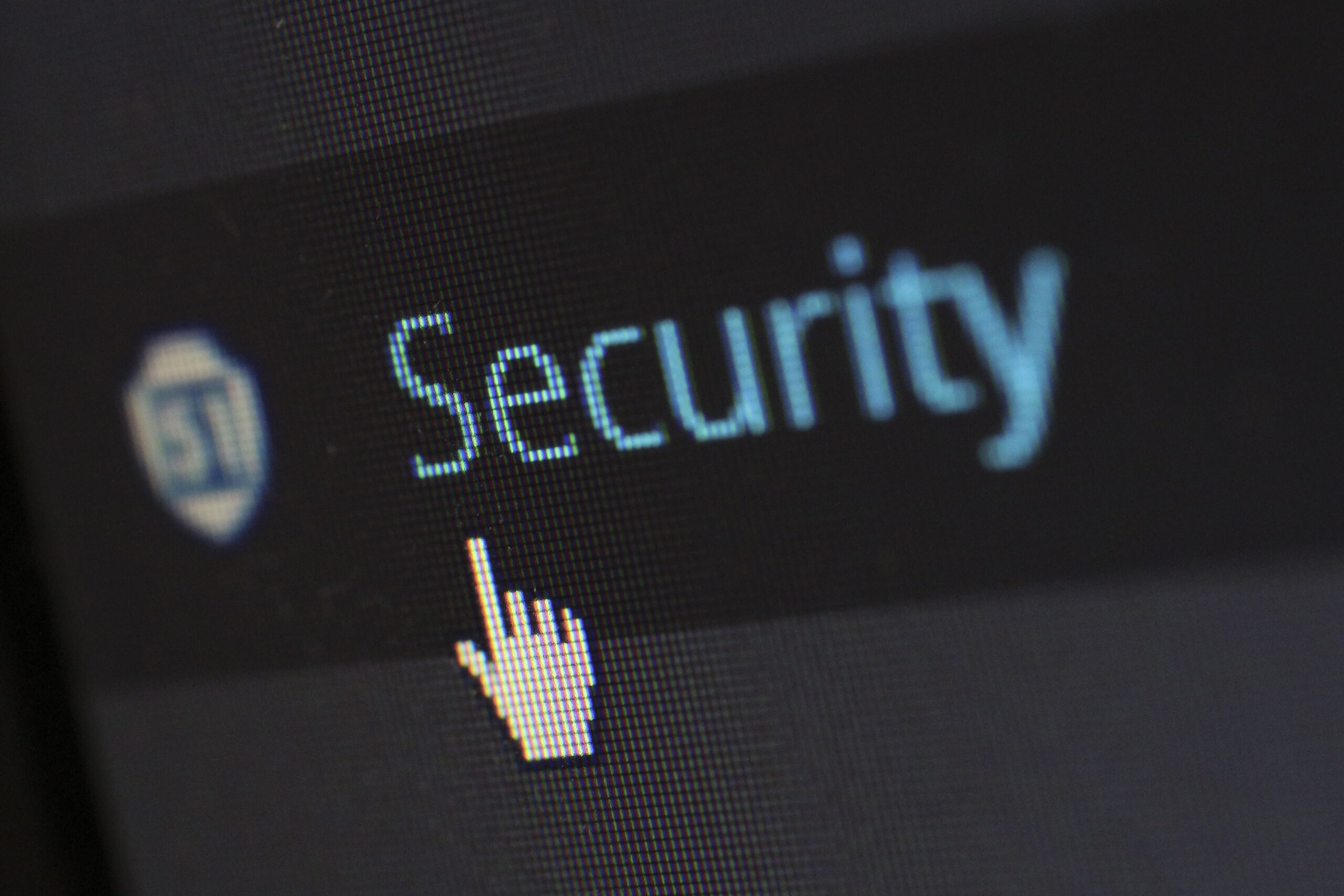Cybersecurity Challenges You Businesses Should Watch Out For When Using Slack
Slack is a chat application designed to help teams stay connected. The app has become hugely popular, with over 8 million users worldwide. However, cyber security professionals are worried about how Slack could impact corporate cybersecurity. So before deciding whether or not Businesses should use slack in your organization, it’s essential to understand these challenges.
What Is Slack?
Slack is a corporate communication center that has grown in popularity over the past five years. It has 10 million daily active users, making it the most popular platform for corporate live chat. In addition, slack claims to be utilized by ’65 of the top Fortune 100′ businesses. Furthermore, 85,000 firms already use Slack’s subscription tier, ranging from small businesses to major corporations.
Because of the large number of users, hackers may be able to exploit the platform to breach networks and obtain access to sensitive data. So, how safe is Slack, and should your company consider security solutions to guard against this attack vector?
How Safe Is Slack?
Slack was marketed as a pleasant alternative to Microsoft’s collaboration tools when it initially appeared in 2013. This platform allowed you to interact instantaneously with group messaging and complete discussion records. This made it immediately appealing to organizations searching for a simple method to communicate communications quickly and connectivity with other business software.
However, Slack was hacked in 2015, exposing the company’s security flaws. The corporation reported that its systems had been hacked for four days, revealing some of its consumers’ data. Email addresses, usernames, and encrypted passwords were all provided.
Slack also noted some unusual activity on user accounts, indicating that at least some accounts were hacked. A CEO or high-level Slack account might generate just as many security difficulties as a hacked email account. Slack implemented two-factor authentication as a result of the attack.
What Makes Slack Vulnerable?
Because Slack is essentially a web application, it employs HTTPS encryption in the same way that any other lawful website gathers potentially sensitive information. Though data is encrypted in transit and at rest on Slack’s servers, its security is solely dependent on the platform and its security policies.
If a hacker ever got his hands on the decryption key, they could access the data. This might contain all of the messages you’ve ever sent. It’s a formula for catastrophe, given that corporations frequently discuss trade secrets and exchange other private data on the site. Indeed, Slack’s massive pace of message production creates an exceptionally vast attack surface, which you can’t reasonably expect to monitor manually.
Risks of Using Slack
Slack doesn’t only have a large number of users; it’s also prevalent with ransomware, making Slack a prime target for hackers. For example, one hacker managed to steal 400 million Slack credentials. He then sold them online on the dark web.
Slack recently addressed in their blog: “Anonymous information gleaned from the affected accounts can be used to hijack a user’s account or even impersonate someone else on Slack. Below are some of the cybersecurity challenges you might encounter in Slack:
Data Accessed by Slack Team Members
Little is known about which members of the Slack team have access to user data and when they may do so. Slack claims to have technological, audit, and policy measures to prevent unauthorized access, but they also admit that they did not design an app to prevent workers from accessing information without permission.
Fears of an unknown, as-yet-reported “God mode,” akin to the one that brought Uber into so much trouble, have arisen from Slack’s failures on this topic. Though Slack disputes this, it’s advisable to remember that it’s always better to be cautious than sorry when sharing sensitive information online.
The Onboarding of Employee and Guest Users
Some of the problems associated with utilizing Slack stem from flaws in its coding, which we will explore later in this article. Some of which may be extremely difficult to remedy.
However, in certain circumstances, Slack’s security issues are caused by user mistakes. This is true for both internal workers and external visitors when properly onboarding and offboarding Slack user accounts. In addition, users may maintain access to private or sensitive information if either is left in the workplace after their association with the firm has ended.
Conclusion
As Slack’s popularity grows, the potential risk to any corporate network will also increase. Having a DLP tool that strengthens data security allows apps to be eligible for HIPAA regulations. Businesses are making every effort to stay ahead of hackers; using these tactics may be one of the best ways you can protect your company from Slack-based attacks.
Stay on top of new technologies and stay one step ahead of hackers so your organization can remain secure. For more cybersecurity tips, check out our blog section.



